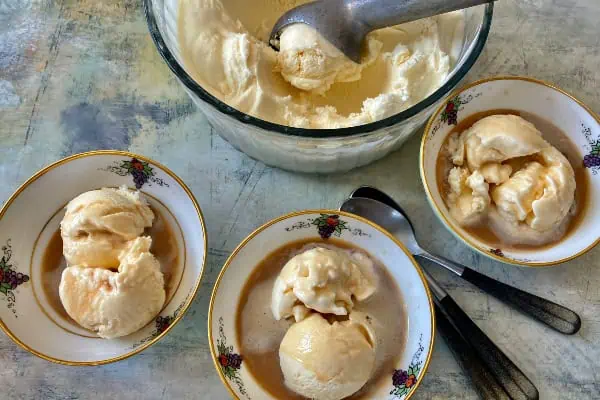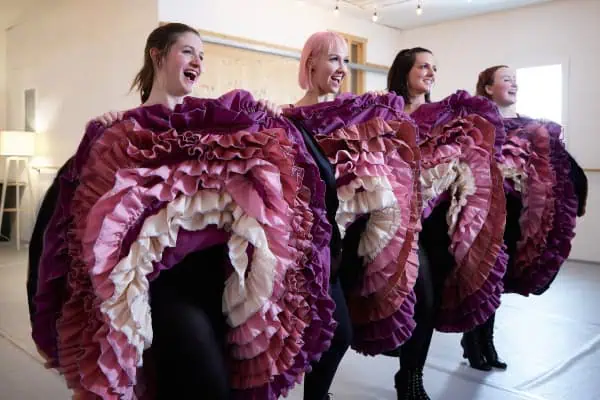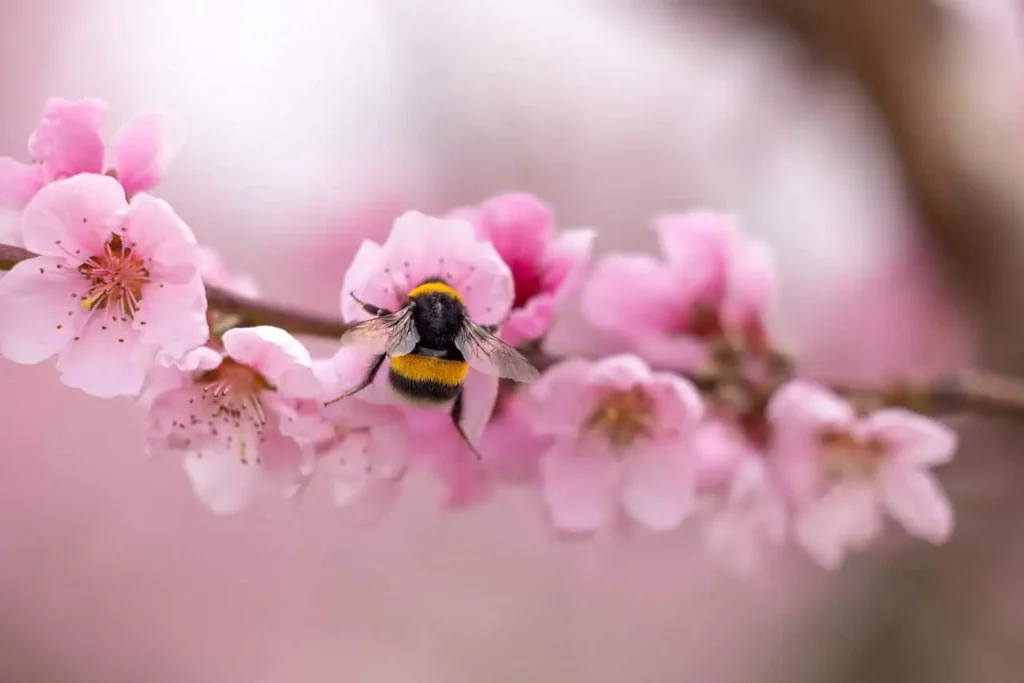
PHOTO: Pixabay
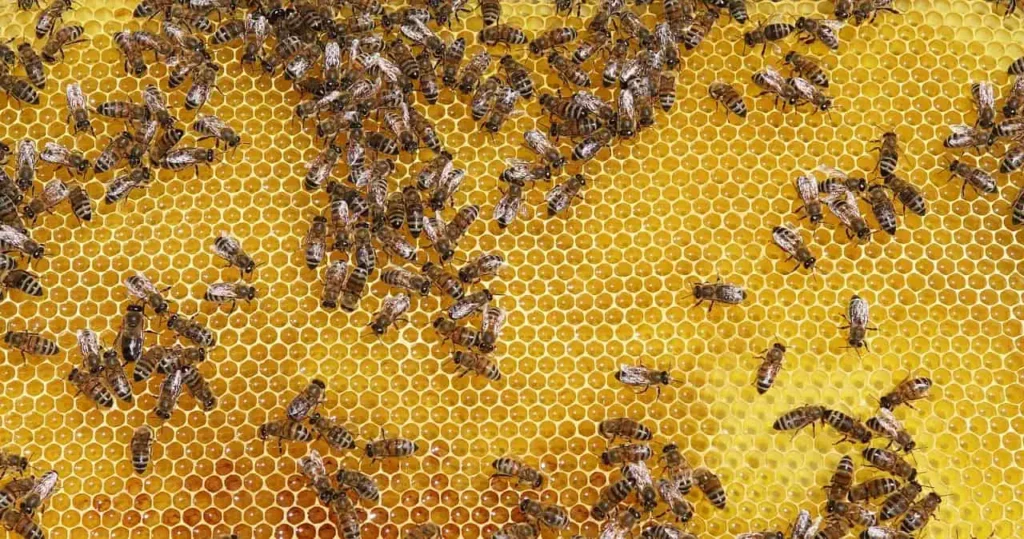
PHOTO: Pixabay
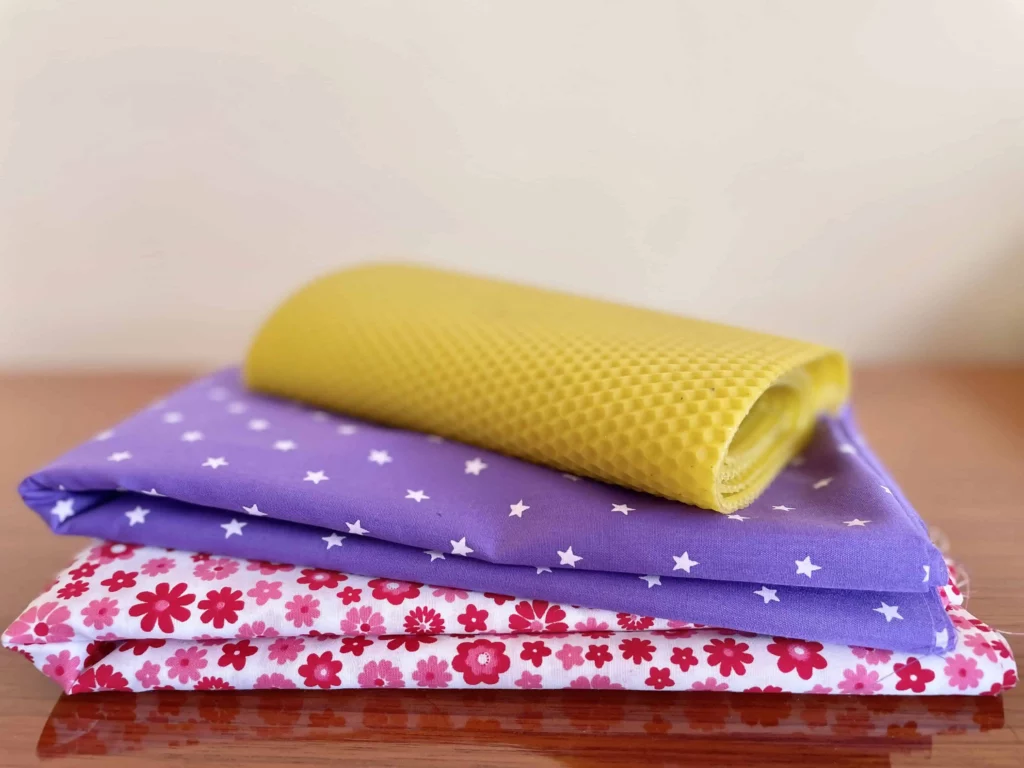
PHOTO: Jessica Surber
With April drawing to a close, the sounds of spring are in full force around us now. The migratory birds are back to fill the long daylight hours with their sweet melodies; the dripping sound of snow and ice melting is almost a memory; thick sheets of frozen lake water will soon noisily break up and gradually move down river; and the drumming of grouse once again fills the boreal forest. These sounds we’ve waited so long to hear are undeniable signs that winter is finally behind us. The buzzing of bees is another.
The Yukon is home to an astonishing 28 species of bumblebees, which is over half of Canada’s native bumblebee species (whitehorse.ca/wp-content/uploads/2023/06/Bumble-Bee-Fact-Sheet-Evan-Howells.pdf). It’s estimated that about one-quarter of North American bumblebees are facing some degree of extinction risk, but thankfully they’re not yet at risk here in the Yukon. Long before there are any flowers blooming, northern bees are out and about and enjoying the willows and other early pollen-producing plants. The queen bee survives the winter underground, hibernating for many, many months—the only remaining part of her previous year’s colony.
Along with native bumblebees and solitary bees, the Yukon is also home to honeybees. Being a beekeeper in the Yukon comes with a unique set of challenges, but it also comes with great rewards. To get a glimpse into the experiences of Yukon beekeepers, check out Yukon beekeeper Etienne Tardif’s YouTube channel (youtube.com/@etiennetardif6552), and filmmaker Naomi Mark’s beautiful documentary, How To Bee (howtobee.ca). Both Tardiff and Mark were also interviewed on the Beekeeping Today Podcast.
The return of the bees marks the beginning of this fertile and abundant time of year in the North, but without them there are many northern foods we wouldn’t have. For example, cranberries, haskaps, saskatoons, blueberries, raspberries and strawberries all greatly benefit from insect pollination—especially from bees. In fact, according to the United Nations, more than 75 per cent of the world’s food crops and 35 per cent of global agricultural land rely on pollinators. They are an important part of maintaining world food security, as well as biodiversity. Watermelon, squash, pumpkins, almonds, apples, cucumbers and zucchini, for example, would produce very little or possibly nothing if there were no bees around.
There is a growing attempt, around the world, to raise awareness about the importance of bees and how to help them. Climate change, loss of habitat, pesticides, pollution, monocultures and disease are causing bee populations to decline at alarming rates. It is because of this that the UN designated May 20 as World Bee Day; and, in June, pollinators, in general, are celebrated in what is known as National Pollinator Week (this year it runs from June 17 to 23), which was originally initiated and managed by Pollinator Partnership.
This gardening season, keep bees and other pollinators in mind when you’re choosing what you want to plant. To create a bee-friendly landscape around your home, plant a diversity of native flowers that bloom during different parts of the spring, summer and fall. Goldenrod, fireweed, dandelion, locoweed, asters, bluebells, jacob’s ladder, arnica, sweetvetch, pasqueflower, larkspur and columbine are all loved by bees, even though some might consider them weeds.
Avoid using pesticides and herbicides in your garden, put out some clean water in a shallow dish for the bees to drink on hot and dry days, and leave overwintering habitats like old logs and leaves around your yard where bees can nest. Also, consider supporting organic and sustainable beekeeping businesses by buying raw honey from local farmers and buying other bee products, such as beeswax, from businesses with sustainable agricultural practices.
INSET
Why Not Give Beeswax a Try!
Beeswax is a natural, eco-friendly and incredibly versatile material. It has a long history of being used by humans. Obviously, it’s used in candles: beeswax candles are popular because they burn brighter and longer and they do not release harmful chemicals into the air. They actually emit negative ions, helping to purify the air. However, beeswax has also had so many other applications. Among them: as an ancient form of dental filling, as an ingredient in skin care and cosmetics, as a coating for cheese, as a binder in encaustic paint, as the material for the mouthpieces of didgeridoos, as the joint filler in the slate bed of pool and billiard tables, as furniture polish, as moustache wax—and even to prevent tools from rusting.
One use of beeswax that is growing in popularity, these days, is as a way to cut down on plastic use—specifically, plastic wrap. Beeswax wraps, made by coating fabric with beeswax (and possibly some pine resin, to make it more sticky; and coconut or jojoba oil, to prevent the wax from cracking), are a perfect, reusable alternative to keep food fresh. Beeswax is biodegradable, compostable, more breathable than plastic and even has antimicrobial properties.
Making your own beeswax wraps is relatively easy and can not only help the environment but also help save you money in the long run.
You can choose the fabric you want and even make customizable shapes and sizes specific to your needs. To clean, just use a bit of mild eco-friendly soap and cold water, then leave them to dry.
Beeswax can be bought in sheets, pellets and blocks, or you can also use leftovers from beeswax candles. Be sure to buy pure beeswax that has been produced through sustainable apiary methods and has no additives such as paraffin.
You can melt the wax first and paint it onto your chosen fabric with a brush, place your fabric on a cookie sheet with grated beeswax on top and let it melt in the oven, or put your fabric and beeswax between two sheets of parchment paper and use an iron to evenly melt the beeswax.
If you cut your fabric with pinking shears first, it will help prevent fraying. There are many “recipes” and tutorials online on how to make beeswax wraps, if you’re looking for a little more guidance. You can also use the same method to make waterproof bibs for your baby or a large drop cloth for under a baby’s or a toddler’s high chair.
If you don’t have the time to make your own, you can buy beeswax wraps at a number of local businesses: Riverside Grocery carries the Abeego Food Wrap, and The Yukon Refillery carries Goldilocks Goods.


